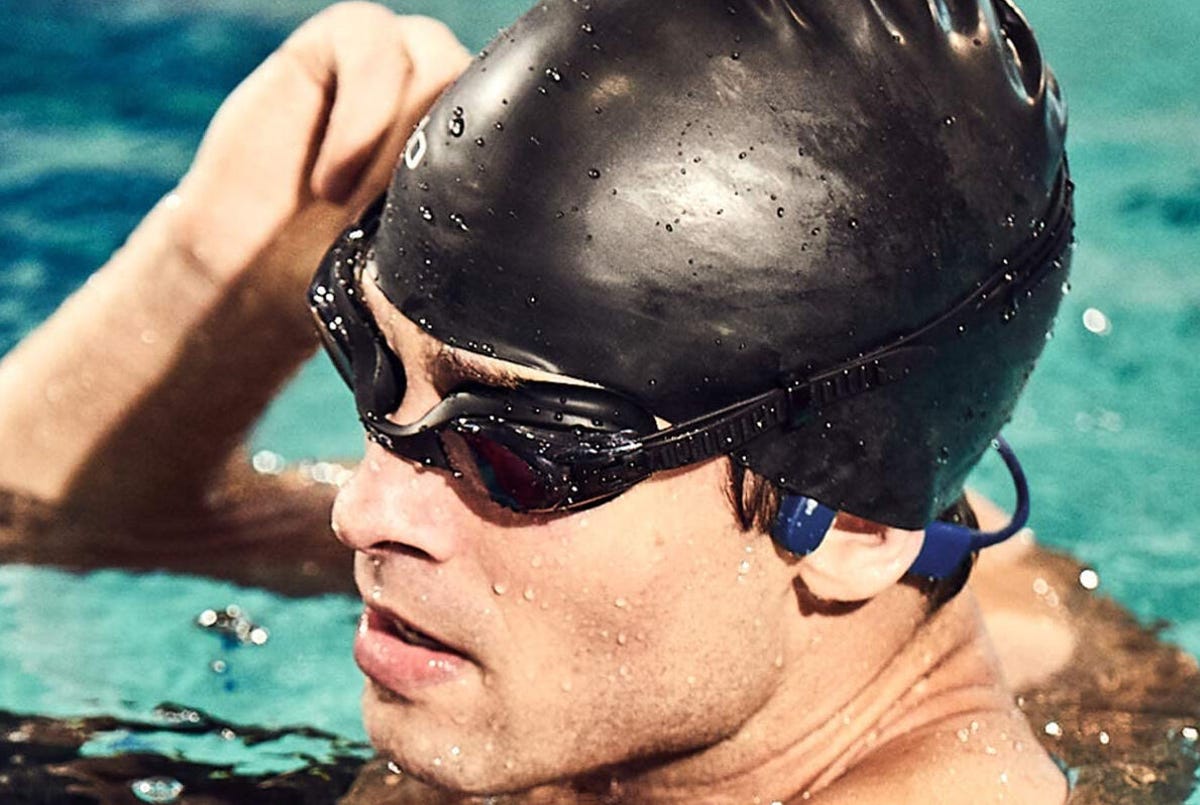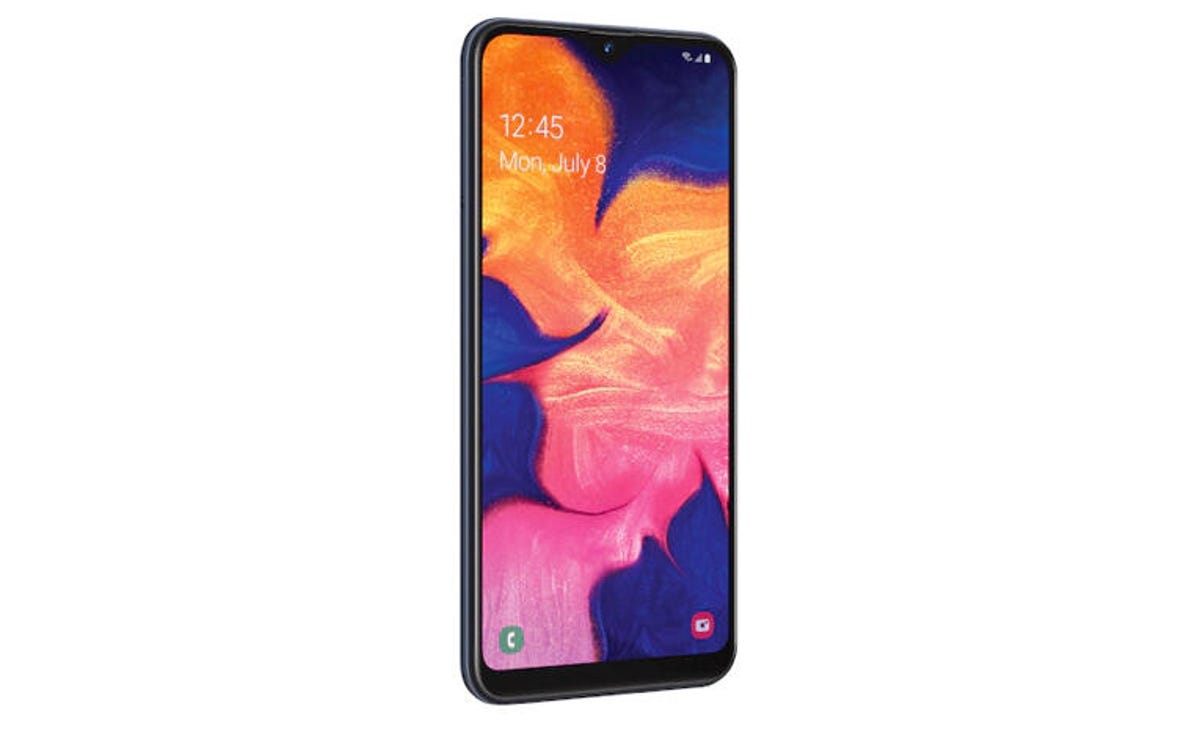Standalone MP3 players dominated pop culture for a long time, but in 2023 almost no one needs one. Any iPhone or Android phone is an audio player that works with subscription music apps like Spotify, Apple Music, Tidal, Amazon Music and YouTube Music. You pay your $5 to $10 a month, and you get access to nearly every popular song ever recorded. And the tracks are downloadable, too, so you can listen to your music even when you leave a Wi-Fi or cellular coverage area. It’s quick, easy and convenient. What’s not to like?
“A lot,” I can hear some people saying. Maybe you’ve got one too many subscriptions already, so why pay for one more when you already have a music library of thousands of MP3 files sitting on your hard drive? Or maybe you’ve meticulously crafted iTunes playlists, like mixtapes of old, that you don’t want to re-create or transfer to another service. Maybe you have rare, one-off live tracks that don’t exist on mainstream services. (Phish fans, I’m looking at you.)
Now, truth be told, if any of that applies to you, you still don’t need an MP3 player — your iPhone can still sync music files from iTunes (on Windows) or the Apple Music app (on Mac), and it probably has more storage space than your old iPod ever did. Android phones, too, can play whatever music files you can load them up with. But if you want a dedicated device for your music — or, maybe, a parentally curated set of songs to give to a kid who’s not ready for a phone — there are still MP3 device options out there. They’re not all great, and they generally come with some caveats. But if you’ve gotten this far, here’s what I can recommend, more than two decades after the iPod was first released.
Other MP3 players
Yes, the products above are really the only ones I can recommend in this category with any degree of enthusiasm. But they aren’t the only options. If you’re looking for a bargain basement option (under $50), a serious high-end alternative (starting at $350 and going to four figures) or some interesting workarounds, read on.
Swim-friendly option: Aftershockz OpenSwim

This 4GB “player in a headphone” model uses Aftershockz’s patented bone-conduction technology. It’s also fully waterproof, and retails for about $150. (Note that CNET hasn’t tested these hands-on.)
The budget hack: Any old smartphone

If you’ve got an old phone — or you buy a new one without service — you’ll have access to the full realm of app-based music services, and any music files you care to upload. Something like the $160-ish Samsung Galaxy A03S (shown above) fits the bill nicely, since you can drop in a MicroSD card that you’ve preloaded with tunes.
High-end options: Sony Walkman, Astell & Kern

Audiophiles have long looked down on digital music because the sound quality was notably inferior for golden-eared listeners with distinguishing tastes. But the development of lossless file formats (such as FLAC) and cheap ample multigigabyte storage have made portable high-fidelity music a reality.
At this point, there are really only two major players in the high-end portable music space: Astell & Kern and Sony (where the Walkman brand still lives on). We’ve used earlier versions of each brand, but not the current models.
- Sony Walkman music players line starts with the new-for-2023 (really!) NW-A306, arriving soon for $348.
- Astell & Kern players start at $1,299, and are strictly for true enthusiasts.
If you’re the sort of person who has hard drives full of uncompressed music audio files — and can hear the difference between that and comparatively low-resolution MP3 and AAC files — then, by all means, pair up one of those players with your wired headphone of choice.
That said, nearly all of the streaming music services now offer lossless or high bitrate options — that’s nearly all the big players, from Tidal and Qobuz to Amazon and Apple. (Spotify HiFi, weirdly, remains a no-show.)
If you like what you hear, consider upgrading to a decent headphone DAC (that’s “digital to analog converter”) like the Audiofly Dragonfly and a serious wired headphone. Then you’ll have a solid audiophile option that’s good for the road, without the need for a standalone music player.
Music lockers: YouTube Music and iTunes Match
If you’ve got a digital music collection that includes one-offs and live tracks that aren’t available on the mainstream services, you can upload them to online services, where they can live alongside subscription tracks and be shared among multiple devices (including smart speakers).
YouTube Music, formerly known as Google Play Music, offers this service at no additional cost for up to 100,000 tracks.
Apple users can opt for iTunes Match, which lets you upload your own digital music to live in tandem with Apple Music tracks. Once available for $24 a year, the service now appears to be bundled in as part of an Apple Music or Apple One subscription.
If you opt for either of these options, make sure you keep a local backup of your files, just in case these services go away.
Note that Amazon shuttered its “MP3 locker” service in 2018.
More audio recommendations
- Best Headphones of 2023
- Best Cheap Headphones in 2023
- Best Over-Ear Headphones of 2023
- Best On-Ear Headphones for 2023
- Best Record Player in 2023
- Best Wireless Speakers for 2023
- Best Bluetooth Speakers for 2023
- Best Speakers of 2023
- Best Soundbar Under $300 in 2023
- Best AV Receivers for 2023
Post Disclaimer
The information provided in our posts or blogs are for educational and informative purposes only. We do not guarantee the accuracy, completeness or suitability of the information. We do not provide financial or investment advice. Readers should always seek professional advice before making any financial or investment decisions based on the information provided in our content. We will not be held responsible for any losses, damages or consequences that may arise from relying on the information provided in our content.


